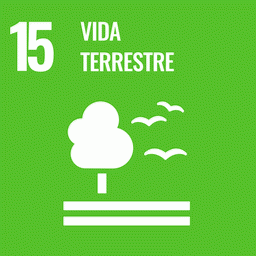Vegetation in the transition between tropical forest and savanna is hyperdynamic and there is evidence that in the absence of fire, forest advances over savanna. Between 2008 and 2013 we evaluated changes in species composition and diversity and in the structure of the woody vegetation of savanna physiognomies in the transition between the Cerrado and Amazon biomes that were fire free for 11 years. The physiognomies form a gradient from savanna woodland (Typical Cerrado – TC), to low woodland (Dense Cerrado – DC), to woodland (locally called Cerradão – CO). We hypothesise that: 1) the more open physiognomies (TC and DC) are more dynamic compared to the closed physiognomy (CO); and 2) in the absence of fire vegetation tends to become more forested. We found that: 1) TC was more dynamic (e.g. greater increases in richness, diversity, and abundance of plants and basal area) than CO and DC; 2) The three physiognomies experienced an increase in basal area and abundance of individuals, but only certain key species contributed to these increases. These results indicate that the open physiognomies were more dynamic than the closed physiognomies, and in the absence of fire the savanna physiognomies became more forested and accumulated biomass.
Padrões de Sustentabilidade na cadeia de valor da Castanha-do-brasil
O objetivo deste estudo é apresentar Padrões de Sustentabilidade adotados atualmente na cadeia da castanha-do-brasil – com destaque para alguns dos esquemas de certificação mais utilizados – a partir de estudos de caso de associações, cooperativas e empresas...
